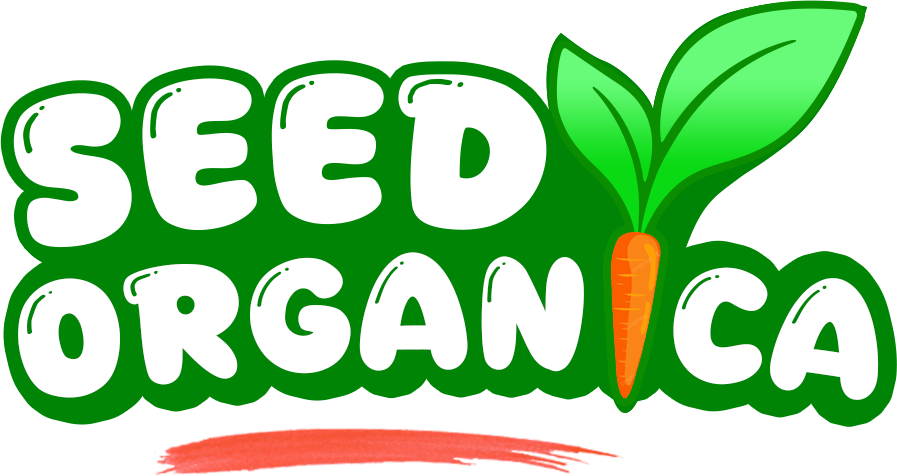Mullein Seeds – Moth
-
Estimated Delivery:Oct 21 - Oct 25
-
Free Shipping & Returns on all orders.
Mullein Seeds – Moth Variety produce elegant biennial plants known for their tall, slender spikes adorned with delicate yellow flowers and striking purple stamens. Commonly found in meadows and wildflower gardens, Moth Mullein (Verbascum blattaria) adds vertical interest and natural charm to landscapes. Its flowers attract beneficial pollinators, making it a great addition to eco-friendly gardens.
The plant thrives in poor, dry soils and requires minimal maintenance, making it ideal for gardeners seeking low-effort, drought-tolerant beauty. Its fine foliage and upright growth habit also make it suitable for borders, naturalized areas, and pollinator-friendly plantings.
Features:
-
Type: Biennial flowering plant
-
Common Name (US): Moth Mullein
-
Scientific Name: Verbascum blattaria
-
Flower Color: Yellow or white with purple stamens
-
Growth Habit: Upright, slender stalks
-
Height: 2–4 feet (60–120 cm)
-
Soil Requirement: Well-drained, moderately fertile soil; tolerates poor soils
-
Sunlight: Full sun to partial shade
-
Watering: Low to moderate; drought-tolerant once established
-
Bloom Time: Summer (June to August)
-
Special Feature: Pollinator-friendly, attracts bees and butterflies
Specifications:
-
Planting Season: Spring or fall
-
Hardiness Zones (USDA): Zones 4–9
-
Sowing Method: Direct sow outdoors in early spring or fall; lightly press seeds into soil surface (requires light to germinate)
-
Germination Time: 14–20 days
-
Germination Temperature: 65–75°F (18–24°C)
-
Spacing Between Plants: 12–18 inches (30–45 cm)
-
Mature Plant Height: 2–4 feet (60–120 cm)
-
Best Growing Months:
-
Northern Zones (4–6): April to September
-
Mid Zones (7–8): March to October
-
Southern Zones (9): February to November
-
-
Maintenance: Low; remove spent flowers to encourage continued blooming
-
Uses: Wildflower gardens, meadows, pollinator habitats, and natural landscaping















